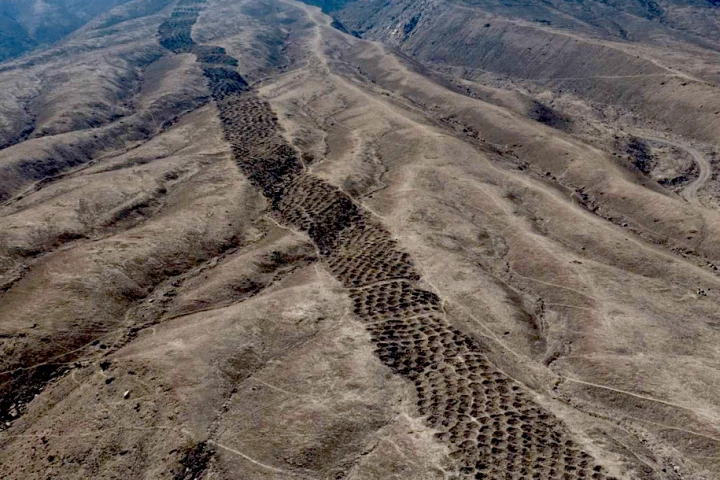Antarctica's ice cores are like frozen diaries of Earth's past, preserving ancient air and climate clues. Most continuous records go back about 800,000 years. But in a region called the Allan Hills, a special patch of blue ice holds scattered snapshots dating back as far as 2.7 million years.
Now, US scientists have uncovered something extraordinary: the oldest directly dated ice and air ever found, thought to be up to 6 million years old. By studying tiny air bubbles and measuring a rare gas called argon-40, they've cracked open a window into Earth's deep past.
This ancient Antarctic ice isn't just old, it’s a time machine. Scientists found that this ancient ice offers a rare peek into Earth's climate long before humans walked the planet. Back then, the world was much warmer, and sea levels were much higher than they are today.
This groundbreaking research, published in Proceedings of the National Academy of Sciences, helps us understand how Earth's climate has changed, and what might lie ahead.
"We knew the ice was old in this region," explains Center for Oldest Ice Exploration (COLDEX) Director Ed Brook. "Initially, we had hoped to find ice up to 3 million years old, or maybe a little older, but this discovery has far exceeded our expectations."
By studying water isotopes in ancient ice, scientists traced how Antarctica cooled over time, somewhere around 10 °C to 14 °C (18 to 25 °F), between 6 million years ago and the late Ice Age.
But even more unexpected was an ice finding deep at the base of a sample that was nearly gas-free. This sample is still undated. Its isotopic signature suggests it formed in a time 5 °C (9 °F) warmer than even the oldest dated sample, and maybe even older than the current 6-million-year timestamp.
Although the records from this old ice are not continuous, their antiquity is unprecedented, the researchers said.
"By dating many samples, the team has built up a library of what we call 'climate snapshots' roughly six times older than any previously reported ice core data, complementing the more detailed younger data from cores in the interior of Antarctica," John Higgins of Princeton University says.
Scientists are now setting out to examine these Antarctic ice cores more thoroughly. Brook and the team plan to return to Allan Hills soon to drill for even deeper, even older samples.
“Given the spectacularly old ice we have discovered at Allan Hills, we also have designed a comprehensive longer-term new study of this region to try to extend the records even further in time, which we hope to conduct between 2026 and 2031,” Brook said.
The new study was published in Proceedings of the National Academy of Sciences.
Source: Orgon State University





